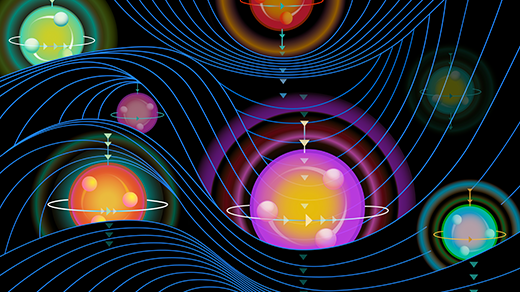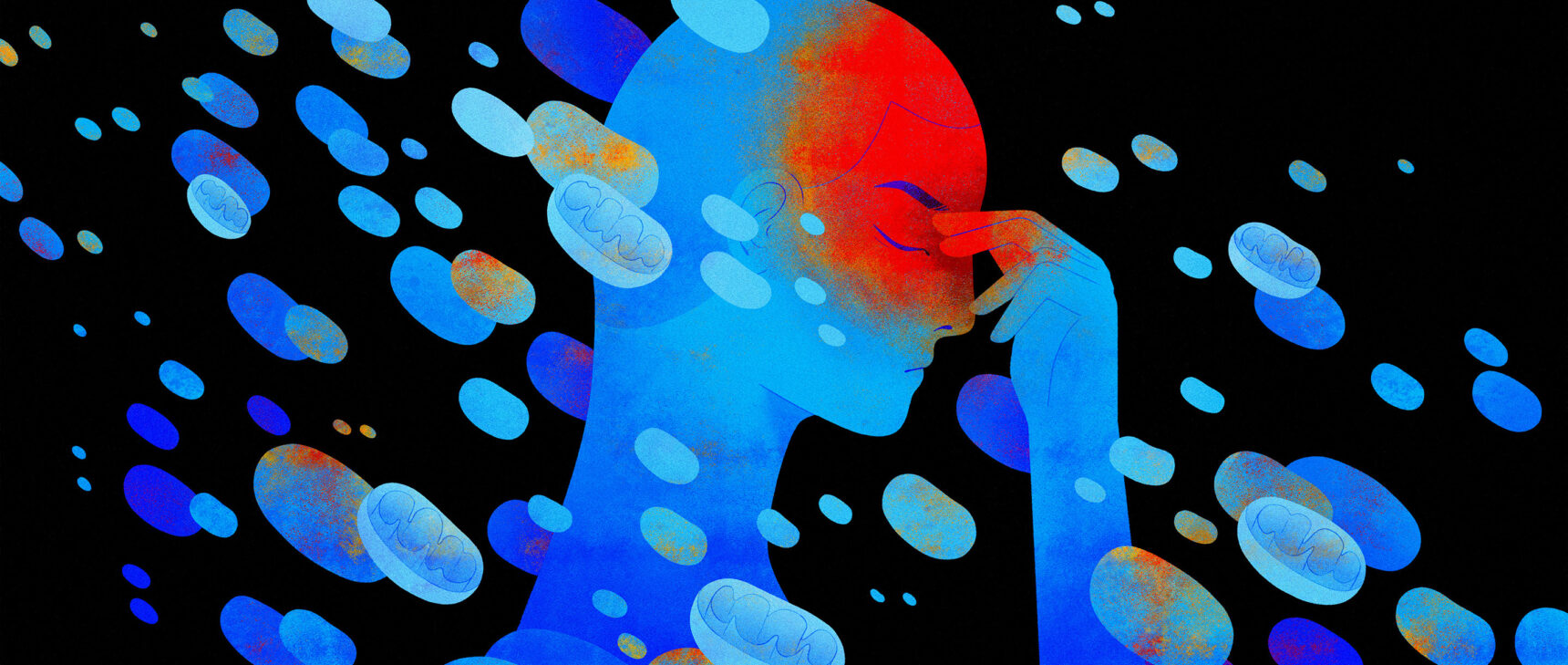Social Distancing From the Stars
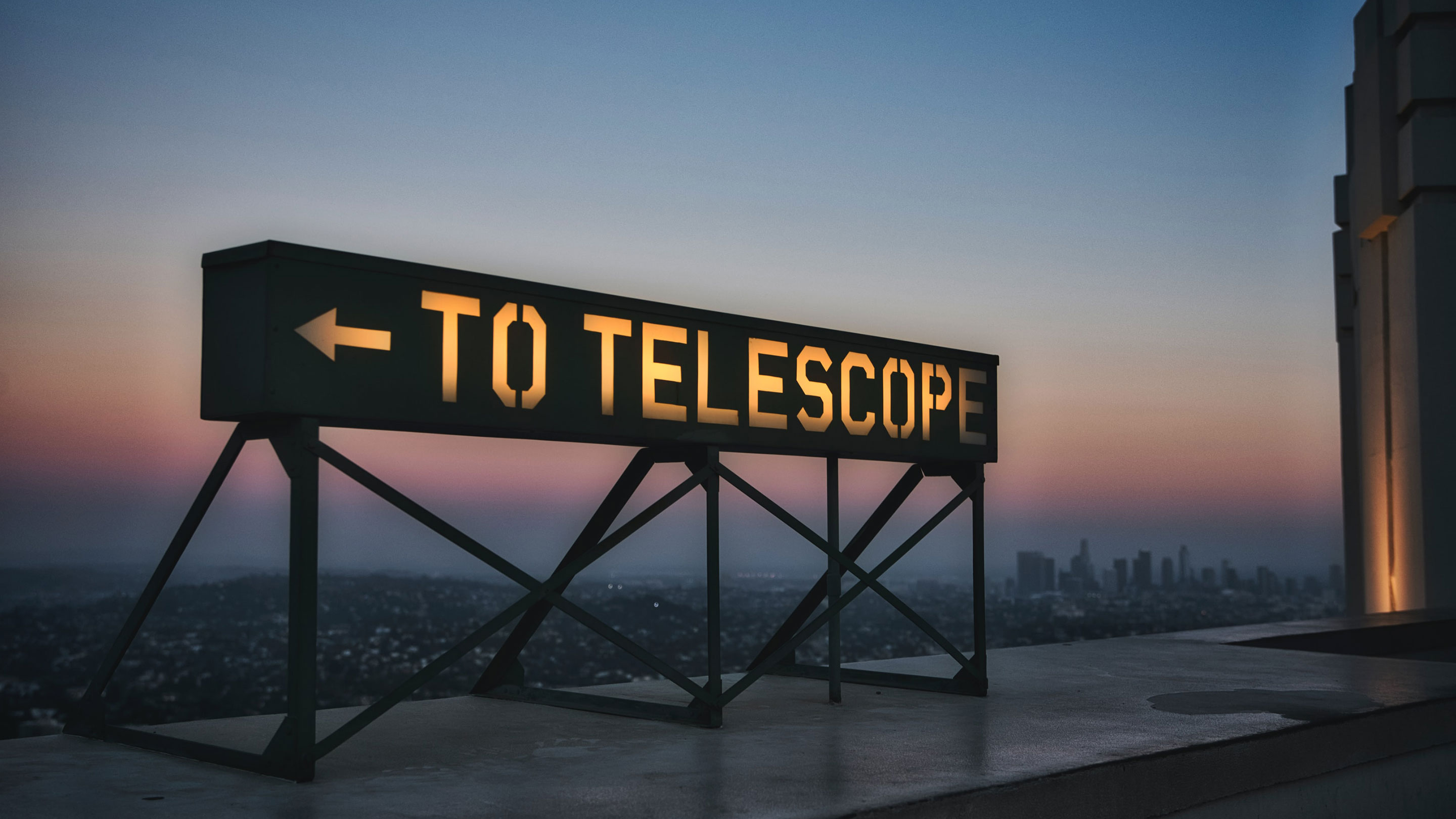
Even though astronomy has become increasingly automated, the emergence of COVID-19 has closed most telescopes, including at Los Angeles’ Griffith Observatory.
Introduction
Astronomers treasure the beauty of our jobs. We may spend much of our time poring over data and digging into the language of math and physics to describe the cosmos, but we also get the unique opportunity to travel to some of the darkest corners of the world for our research. Most of us can’t resist taking a few moments during a busy visit to a remote observatory to drink in our surroundings.
We especially love sunsets. Watching Earth slowly spin away from our nearest star offers us a quiet moment to enjoy the vastness and colors of our own planet as the night begins. Until March of this year, you could pretty much assume that on any given evening, astronomers scattered across the globe would be standing beside mountaintop telescopes and pausing in their work to admire the simple beauty of the sky.
Sadly, over the past few months this shared ritual has all but vanished, abandoned along with the telescopes themselves as observatories across the world have been temporarily shuttered due to COVID-19.
Research-grade telescopes are a rare and precious commodity, and letting one sit idle for even a handful of nights is a drastic measure. The decision to close up the domes and leave the mountaintops behind might seem odd — after all, we put telescopes out in the middle of nowhere and study things that are billions of light-years away. Astronomy seems like the most socially distant job around. Why would astronomical facilities have to close?
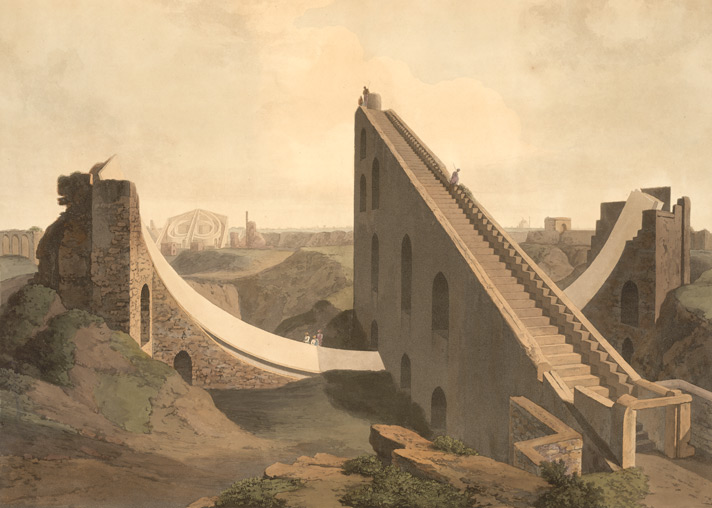
A centuries-old astronomical instrument in New Delhi highlights the inherently remote work of astronomy.
First and foremost, running these faraway scientific outposts requires the efforts of on-site support staff, local community members whose safety matters. And some telescopes still require astronomers to travel thousands of miles to reach them and observe in person, a fraught prospect these days.
However, it’s undeniable that astronomy research, and astronomers’ place in it, is more hands-off than it was a century ago, or even a decade ago. Early in the 20th century, an astronomer’s place was at the telescope, quite literally. Major instruments use large, curved mirrors to capture the light raining down from the night sky. The size of a telescope’s main mirror is its defining feature: A larger mirror can collect and focus more light, allowing us to study dimmer and more distant objects. For decades, observing at the world’s biggest and best telescopes meant climbing into cramped spaces high above the mirror, juggling glass photographic plates and hunching over a camera through long chilly nights. Astronomers would peer through an eyepiece to guide the telescope by hand, keeping up with the stars as they spun by overhead.
Gathering data on glass plates and steering a telescope by eye may sound primitive, but these observations led to some of the most groundbreaking discoveries in astronomy. In 1912, the Harvard astronomer Henrietta Swan Leavitt used plate observations from a telescope in Peru to discover that strange variable stars called Cepheids could be used to precisely measure vast distances in space. Eleven years later, Edwin Hubble spotted a Cepheid in a plate photograph from the 100-inch telescope at Mount Wilson Observatory in California. The plate showed what was then called the Andromeda nebula, but Hubble’s new distance measurement led to the universe-altering revelation that the nebula was, in fact, the Andromeda galaxy, and that countless other galaxies existed beyond our own. The discovery of the chemistry of stars and of the expansion of the universe, the first tests proving Einstein’s general theory of relativity — all of these happened thanks to photographic plates and the long hours astronomers spent tied, almost physically, to mountaintop telescopes.
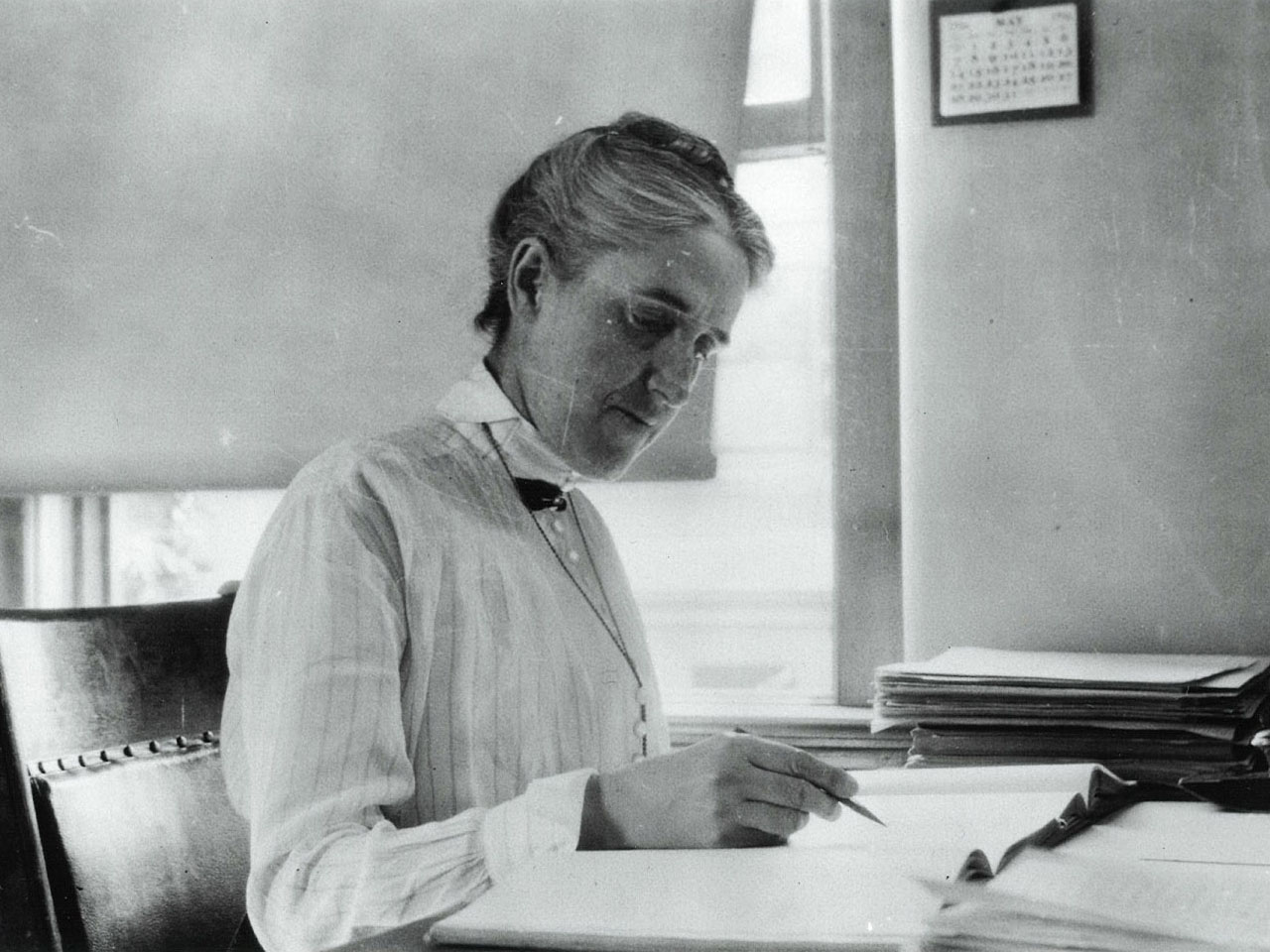
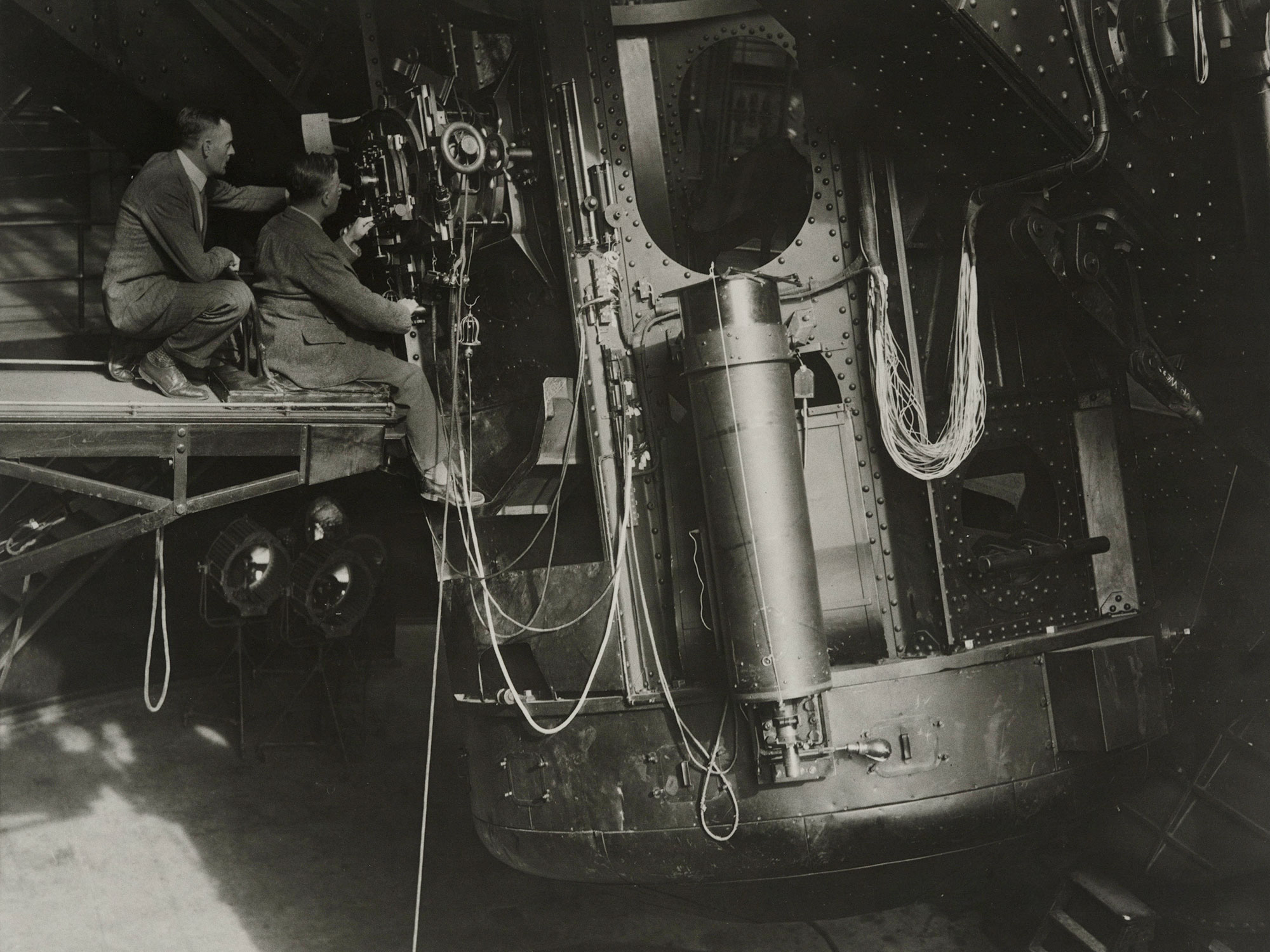
Henrietta Swan Leavitt and Edwin Hubble (shown with James Jeans at the 100-inch telescope at Mount Wilson Observatory) made their discoveries by studying glass photographic plates, taken manually from high within a telescope.
HUGFP 125.82P Box 2 (Henrietta Leavitt). Harvard University Archives; Huntington Library
By the 1970s, new advances like charge-coupled devices (light-sensitive silicon chips that could store data digitally) established electronics as a vital part of observatory life. Astronomers no longer needed to shiver beside their cameras; they could now carry out their observations from the relative luxury of so-called warm rooms, antechambers that held computers, lights and, crucially, heat. The scientists were more comfortable, and the telescopes were more powerful: CCDs were far more sensitive to light than photographic plates, and the data they stored was deliciously quantitative, offering up new discoveries in the form of neat zeros and ones, rather than hard-to-interpret glass pictures. Through the use of these devices, and with telescope mirror sizes that ballooned over the course of the 20th century, astronomers gained the ability to study ever-dimmer objects, effectively traveling back in time as they detected light from the outermost edges of the visible universe. The technology made our work easier and more efficient, marking a fundamental shift in how astronomy was done.
As computers and automation played an increasingly important role in astronomy, remote observing began to grow in popularity. If astronomers could carry out their observations from another room, why not another building? Or even another country?
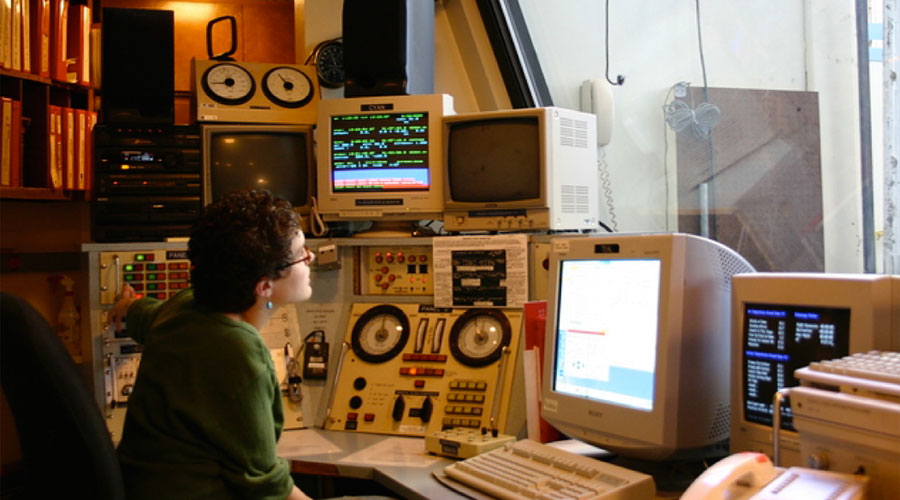
The author pushes a button to open the telescope dome from the warm room of the Kitt Peak National Observatory 2.1-meter telescope in 2004.
Philip Massey
Today, remote observing can mean anything from a dedicated control room to software on a laptop. I’ve run the 3.5-meter telescope at Apache Point Observatory in New Mexico from my couch in Seattle, a kitchen table in New York City and an office building in Switzerland. The twin Gemini telescopes in Hawaii and Chile — which have observed the earliest moments of a supernova and captured pictures of entire planetary systems orbiting distant stars — take remoteness a step further. Meticulous instructions are submitted by astronomers ahead of time, and observations are loaded into a telescope “queue” that can take into account weather, moon phases and atmospheric conditions. I’ve slept peacefully through an entire night of observing, woken up the following morning and simply downloaded the new data waiting in my inbox.
Remote or queue observing can be downright luxurious for astronomers — it’s certainly more pandemic-friendly — but astronomers aren’t the only ones working at telescopes. By and large, we haven’t operated our own giant telescopes for decades. That task falls to professional operators, experts in an individual telescope’s complex operations who still work in control rooms located on observatory mountaintops.
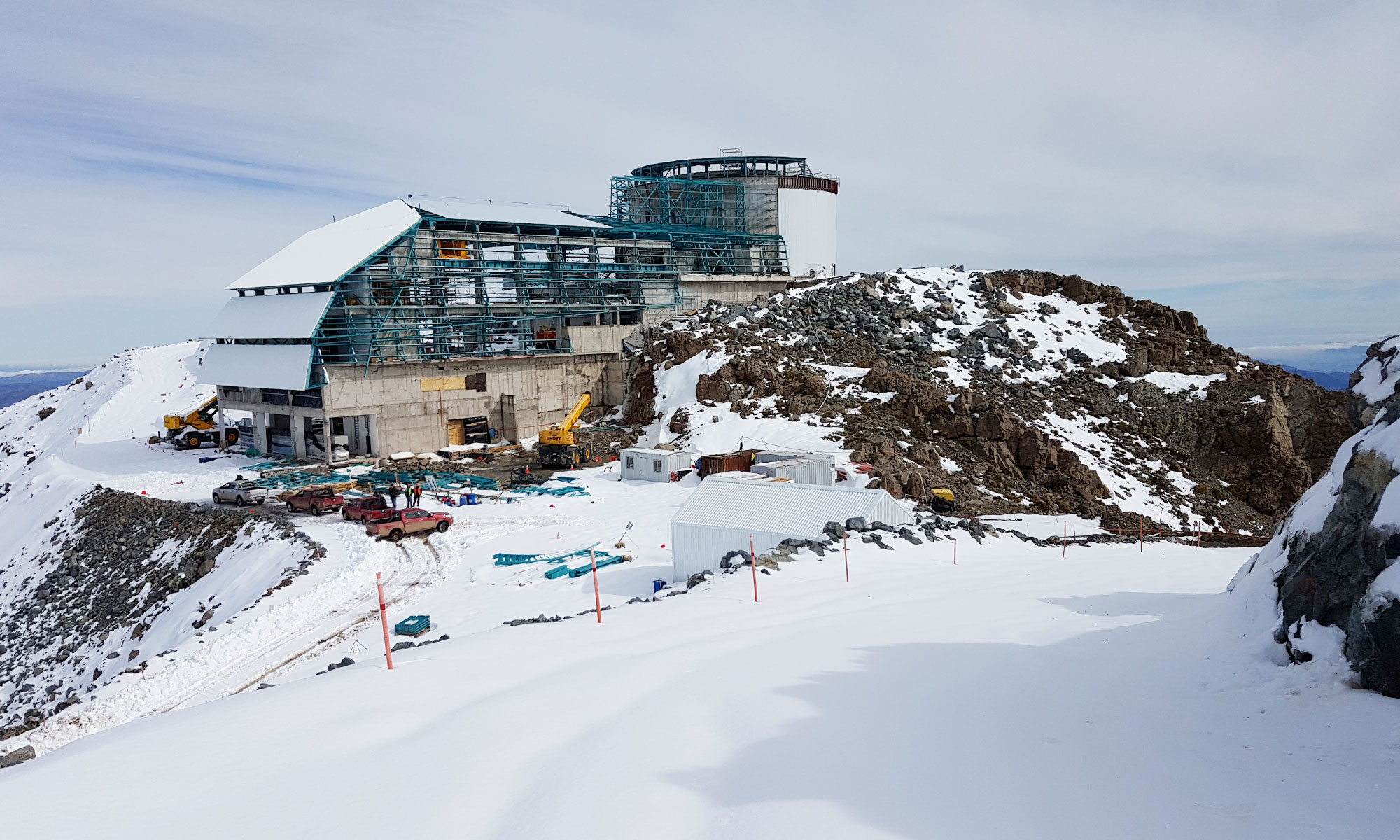
The Vera C. Rubin Observatory, under construction in Chile, is designed to require only minimal on-site crew.
Some telescopes dedicated to survey observations can actually run completely robotically with no one on-site at all. These simpler instruments take pictures of the same patches of sky over and over again to search for near-Earth asteroids and exploding stars. Some of tomorrow’s groundbreaking survey telescopes, like the Vera C. Rubin Observatory in Chile (where construction ground to a halt in March), are already designed to operate with only minimal crew presence.
Of course, the challenges of COVID-19 go well beyond telescope logistics. Astronomers, like everyone else, are grappling with the challenges of the current moment. Caring for children during the day, confronting systemic racism and political turmoil, and moving classrooms and conferences online are all critical tasks that don’t easily coexist with trying to solve the mysteries of the universe.
Remotely operated and robotic telescopes, no matter how incredible, can also only satisfy some of the diverse observational needs of the astronomy community. Studying millions of objects at a time or executing preplanned programs may be efficient, but science also thrives on serendipity, on astronomers stealing a few moments for an oddball observation or a creative idea. Some of my most exciting research — explaining odd variations in the brightness of Betelgeuse, studying the home galaxies of newborn black holes halfway across the universe, finding a strange new star supported by quantum physics — has happened thanks to a last-minute change in observing plans. Safely returning to full observing, in all its varied modern forms, is crucial for scientific progress.
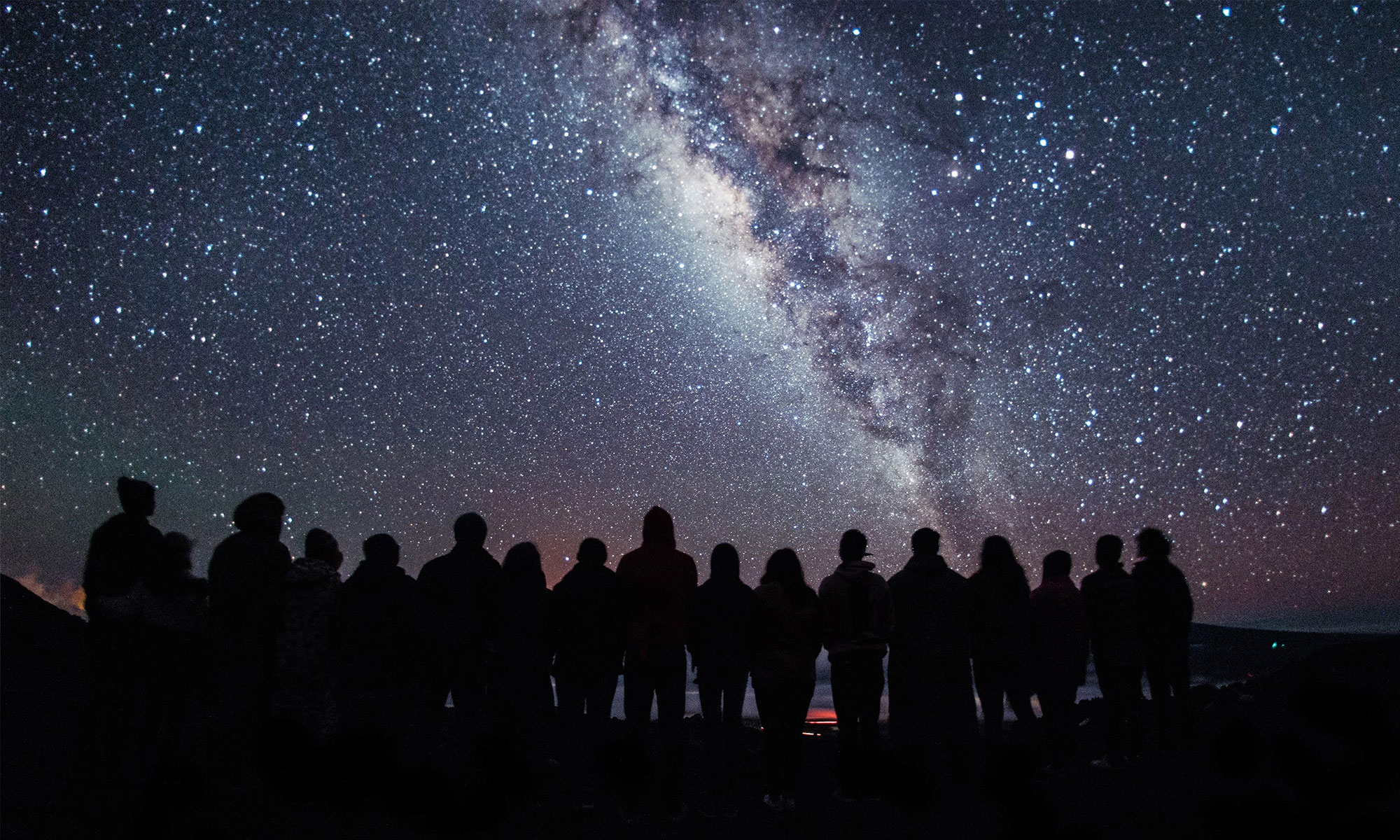
Just as the COVID-19 pandemic has brought the world together in tragedy, the beauty of astronomy has the power to bring us together in triumph and joy.
John Hook for Quanta Magazine
The pandemic has been an unprecedented event on a truly planetary scale, one that has sadly given people all over the world a unifying human experience through tragedy. To me, the most beautiful aspect of astronomy is its ability to offer humanity similarly unifying moments through triumph. Just look at the deluge of comet Neowise photos that filled the internet last month, or the thrilled response that greeted the first photograph of a black hole. Imagine the immensity of a future announcement that we’ve discovered life on other worlds. All of these represent Earth-wide victories, shared by anyone who can appreciate the thrill of discovery. Stargazing, whether from a backyard or a couch or the most remote telescopes in the world, gives us all the opportunity to find a shared joy in the beauty of the night sky.
